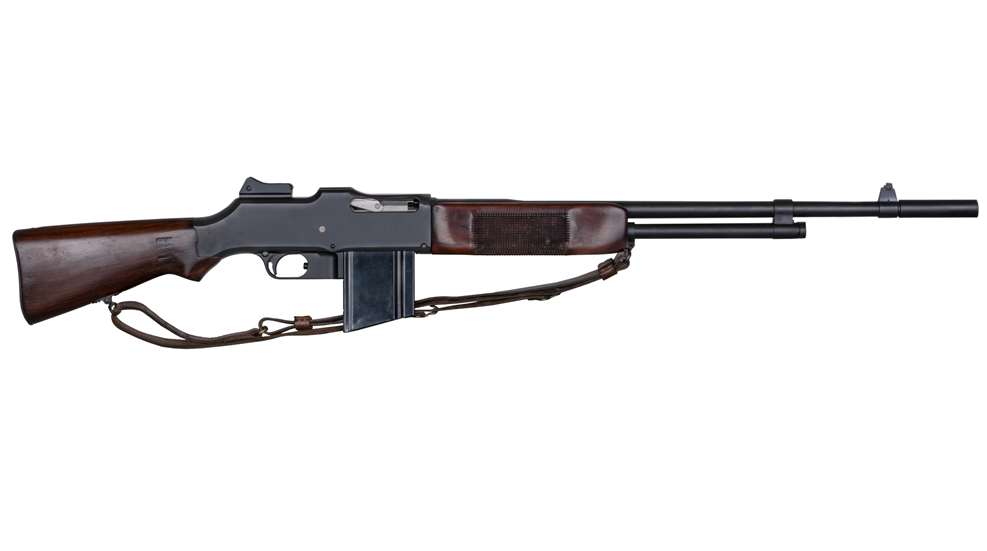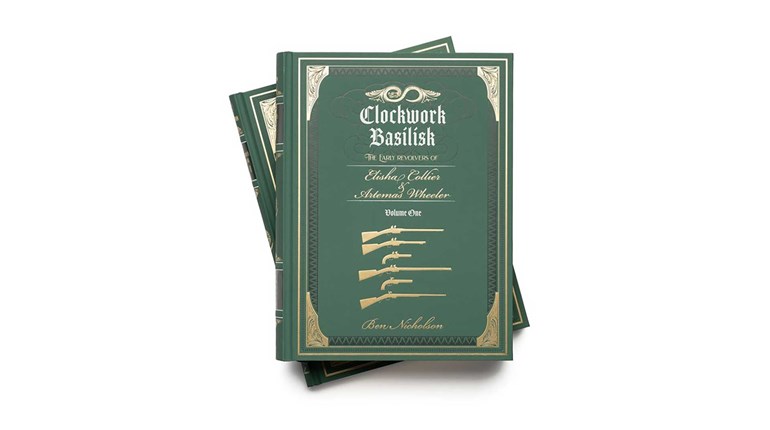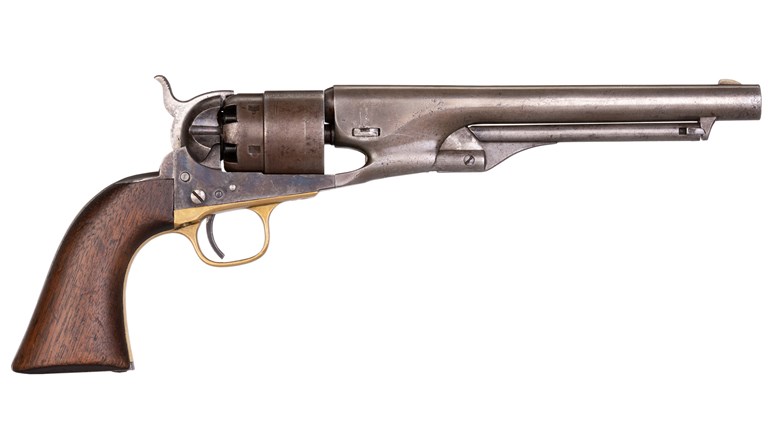
When we see John Moses Browning written out, it is usually followed with such adjectives as genius, iconic, brilliant and innovative, among numerous others. How do you adequately describe a man whose inventive genius is responsible for 128 firearms patents and dozens upon dozens of firearm models, many of which are still in production and use today?
He was born in Ogden, UT, the son of a gunsmith, and began work in his father’s shop at the age of seven. By age 23, Browning had developed a single-shot, falling-block rifle that would become the Winchester Model of 1885.
His designs in automatic firearms began in 1889, which produced the Model 1895 Colt-Browning Machine Gun, commonly referred to as the “potato-digger.” It was used literally side-by-side with the Gatling gun during the siege of Santiago, Cuba, during the Spanish-American War in 1898. Browning refined his design in 1900, and eventually produced the Model 1917 belt-fed, water-cooled machine gun in time for its very limited use during World War I.
By the time America entered World War I in April, 1917, we were woefully under-prepared as far as automatic ordnance was concerned. Machine guns at that time were of three classes, “Heavy,” “Medium” and “Light.” The German Maxim guns, for example, weighed 137 pounds and 42 pounds, respectively, for a Model 1908 and a Model 1908/15. Browning set out to develop a “Light” machine gun in early 1917—the Browning Automatic Rifle, or BAR—and demonstrated it in Washington, DC, along with his Model 1917 water-cooled heavy machine gun.

The U.S. Ordnance Department immediately placed orders for both of Browning’s light and heavy machine-gun models. Colt’s Manufacturing was initially contracted to produce the BAR, but it was already working at full capacity manufacturing Vickers machine guns. Winchester was contracted in Colt’s stead, and was producing them within a year. The fact that Winchester was producing another Browning-designed firearm came after a 16-year rift between John M. Browning and executives at Winchester. After having an arrangement where he sold the patents for production of his previous firearm designs to Winchester, Browning went to Winchester with his first semi-automatic shotgun in 1902 and asked for additional payments in royalties for each firearm manufactured. Winchester declined, and Browning went first to Remington and then Fabrique Nationale in Belgium to have his Auto 5 shotgun manufactured.
Winchester produced nearly 9,000 BARs a month once production was in full swing. Eventually, Colt was able to turn its attention to manufacturing the BAR, too, and made 9,000 in total by Armistice Day. Marlin-Rockwell also produced the BAR, and a total of 52,000 manufactured by all three factories were delivered by war’s end, but it is thought that only 30,000 actually made it overseas.
The BAR was America’s first light automatic rifle (at some 16 pounds), but it was not the first light automatic rifle used by American Soldiers in World War I. The French introduced the 20-pound Fusil Mitrailleur Modele 1915 CSRG (better known as the Chauchat) in 1915, firing the same 8 mm Lebel cartridge for which that country’s standard infantry rifle was chambered. They developed the tactic of “walking-fire” specifically for the Chauchat, wherein the gunner used a rifle sling to hold the gun waist-high horizontally and fired it from the hip as he traversed no man’s land in an effort to keep the enemy’s head down, providing suppressing fire during an advance.
Interestingly, the Chauchat employed one of John M. Browning’s patents for the Remington Model 8 semi-automatic rifle in its long-recoil design. As American troops began to arrive in France, they were issued Chauchats in 8 mm Lebel (16,000) and later in .30-’06 Sprg. (19,000). Unfortunately for the soldiers of the American Expeditionary Force (AEF), the Chauchat was plagued with numerous problems that rendered it unfit for combat. The open-side magazines collected dirt and mud, making them a severe liability in the environment of trench warfare. Overheating caused the gun to lock-up and freeze until it cooled off. It earned a reputation for failure that continues to this day among collectors and shooters.

The Winchester-manufactured BARs first began to appear in France during the Meuse-Argonne offensive in late September, 1918. It was there that the 79th Division of the AEF first employed them in combat. One lieutenant, an Ordnance officer attached to the 79th, must have felt particularly proud to have the new BAR at his disposal. 1LT Val A. Browning, the son of John M. Browning, provided in-depth knowledge to his men on the use and function of the BAR that his father designed. The younger Browning would later claim 48 firearm patents himself during his career as the third generation of Browning gunmakers.
The Meuse-Argonne offensive lasted until the end of World War I on Nov. 11, 1918, and the BAR performed exceedingly well compared with the Chauchat. Although the initial theory of an entire front of advancing infantry employing the BAR in a “walking-fire” tactic was never realized, the effectiveness of the Browning Automatic Rifle as a hard-hitting, selective-fire, .30-’06 Sprg.-chambered firearm made it a formidable gun in the hands of the AEF in the closing months of the war to end all wars.





































